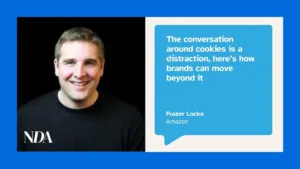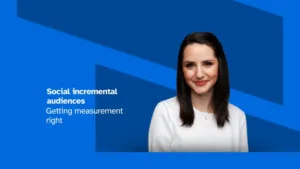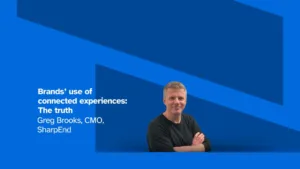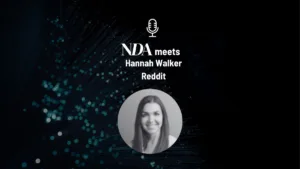Once the digital advertising ecosystem was, almost to a fault, dedicated to serving the needs of advertisers, agencies and the big tech platforms – leaving publishers at the mercy of others.
It was a state of affairs that left them struggling to meaningfully respond – reliant on third-party data middlemen and shoehorned into a system not designed with them in mind. But over the preceding few years, the number of next-generation solutions aimed at helping publishers monetise and commercialise their audiences, meaning that their futures are increasingly in their hands.
Regulatory initiatives and changes to the use of third party cookies have thrown up immediate challenges for publishers but, say this new generation of tech companies, in the long term they, their readers and their advertisers will be in a better, more equitable place. Value over price; metrics more attuned to business outcomes.
As Tim Cronin, VP of Sales at AAX Media, says: “I’d like to approach every challenge [such as GDPR] as an opportunity or reason for trying to improve how publishers manage and monetise their valuable content.”
AAX aims to help publishers engage with their most discerning and valuable demographic. By working under the Acceptable Ads programme, it helps publishers find the right balance between respecting the user’s browsing experience and monetising their content.
Most importantly, says Cronin, solutions such as AAX’s will continue to provide users with transparency and control as it relates to privacy and advertising exposure.
Added value is also at the heart of ShowHeroes’ proposition. It believes that the publisher has for too long struggled to play catch-up and that video content (one of digital’s fastest-growing channels, according to the IAB UK) will help it compete against video spend currently going elsewhere.
Says Steven Filler, UK Country Manager at ShowHeroes Group: “I think the biggest challenge is to re-establish publishers’ position on video plans. In recent years many publishers have struggled to invest enough to build their video audiences, and during this time agencies have increased their focus on broadcaster video, social media and most recently on CTV.
“By providing new video content to the publisher we significantly grow their video content library which results in more video for users, which increases time spent on page and also the amount of contextually relevant pre-roll available to advertisers.”
He continues: “Of course the balance of power is currently with the big platforms and social channels but publishers have been relevant for hundreds of years and I expect those who continue to innovate and invest to remain relevant for the foreseeable future.”
Content will out. Novatiq’s Co-Founder and Chief Product Officer Tanya Field believes this year will mark a publishing turnaround. “We absolutely believe 2021 is the year the publishing sector starts to thrive once more. The death of the third-party cookie is changing the entire ecosystem. In the process, it’s creating an opportunity for premium publishers to restate the (somewhat rusty) ‘content is king’ mantra.”
It is a mantra that has seen specialist publisher DIY Magazine’s model thrive. Rupert Vereker, CEO of parent company CEO DIY Music Limited says that its business model is grounded in its investment in editorial content and its creative presentation.
Both print and digital channels work together and it has pushed ‘premium’ offline by increasing the magazine’s size to A4 to “create a more, substantial, glossier read that better represents our creativity”.
It has paid dividends: with a 100% increase in subscriptions and a following across all plaforms that has grown to 1m+, made up of GenZ and Millennials “who are bound together in a mutual passion for music discovery”.
He continues: “Our audience is dictated by the artists we create content around, who in turn promote DIY to their fans. We always put the artists first in a relationship based on trust and our reputation for quality content. Whenever we work with a brand we identify the right artist and curate specific, authentic ,and credible content that works for both the brand and the artist and their fans.”
It is, as Field notes, an approach other publishers (big and small) would do well to emulate.
Publishers struggled when the rise of third-party data partners undermined the importance of first-party data, seeing their valuable audiences bought somewhere else at a fraction of the cost, Field says. “Now, with privacy regulations tightening, the value of first-party data is in the ascendance. Publishers are ideally placed to take advantage of this market development.”
Its approach to squaring the identity circle (which will be lost with the loss of third-party trackers) sits behind the firewall of the telco operators, which it says gives publishers a unique identity infrastructure in order to safely and securely activate against audience profiles without the need to transfer data.
Cronin says that the opportunity for premium publishers with original, quality content, is to take back ownership of their ad inventory by placing more value on content than generic user data. He says premium content will always be devalued in a market that values the user over content: “If brands can reach your users anywhere, why would they pay you a premium?”









